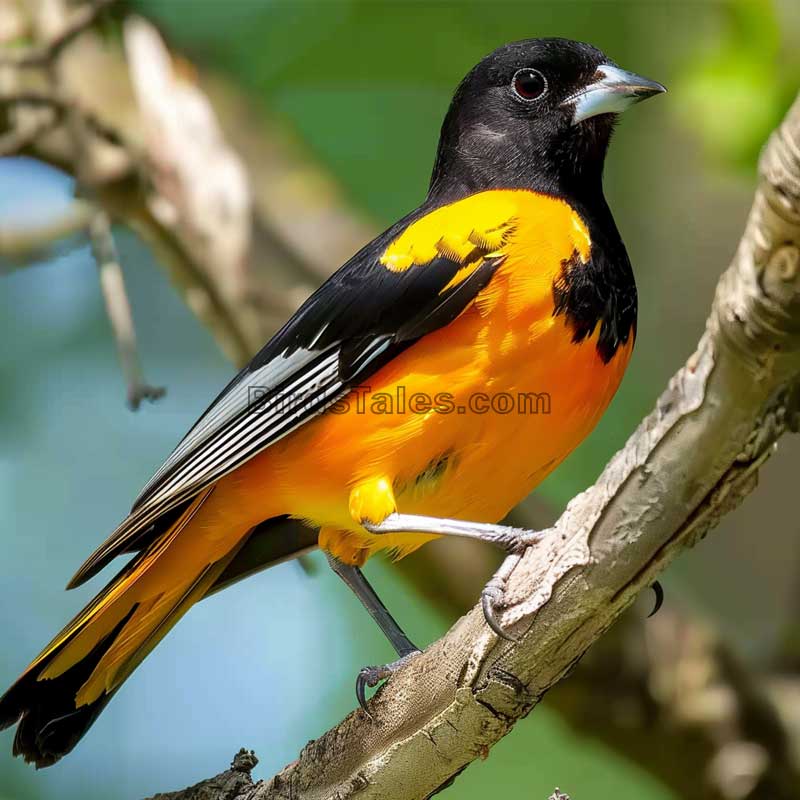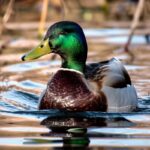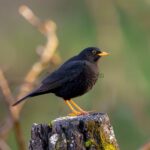1. Baltimore Oriole Identification

- Physical Traits
- Male: Orange and black.
- Female: Yellow and black.
- Habitat: Eastern states, southeastern Canada.
- Diet: Insects, fruit.
Baltimore Orioles are a treat to the eyes.
The male sports a striking combination of orange and black.
This color mix is as bold as a sunset.
Females wear a subtler palette of yellow and black, elegant in their simplicity.
In terms of habitat, Baltimore Orioles favor the eastern states and southeastern Canada.
They often nest in tall trees, near water sources.
Think of riversides, or lakeshores.
These birds are quite the architects, weaving hanging nests from plant fibers.
2. Orchard Oriole Characteristics
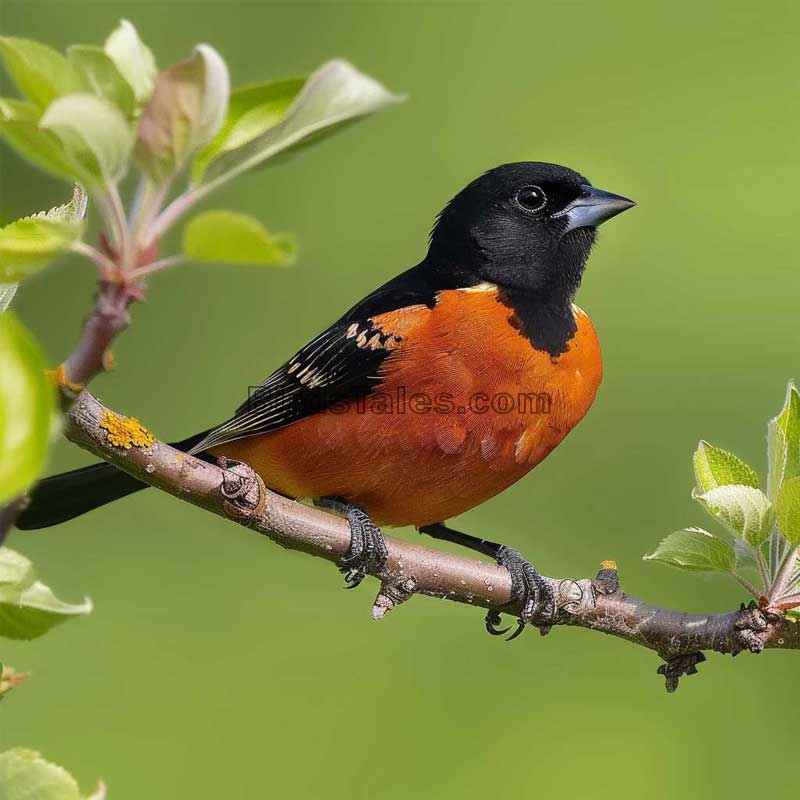
- Physical Traits
- Male: Orange and black with a chestnut head.
- Female: Yellow, brown, and black.
- Habitat: Short trees, orchards, woodland edges.
- Diet: Insects, nectar.
Orchard Orioles are smaller but no less charming.
The male has a unique chestnut head paired with orange and black.
This combination is both unusual and striking.
The female? She wears a mix of yellow, brown, and black.
Her colors are soft, yet noticeable.
Their preferred habitat includes short trees, orchards, and woodland edges.
They enjoy open spaces where they can easily find food.
Their nests are often found in low branches, making them easier to spot.
The American robin is a well-known bird in North America, easily recognized by its reddish-orange breast and cheery song.
3. Bullock’s Oriole Description
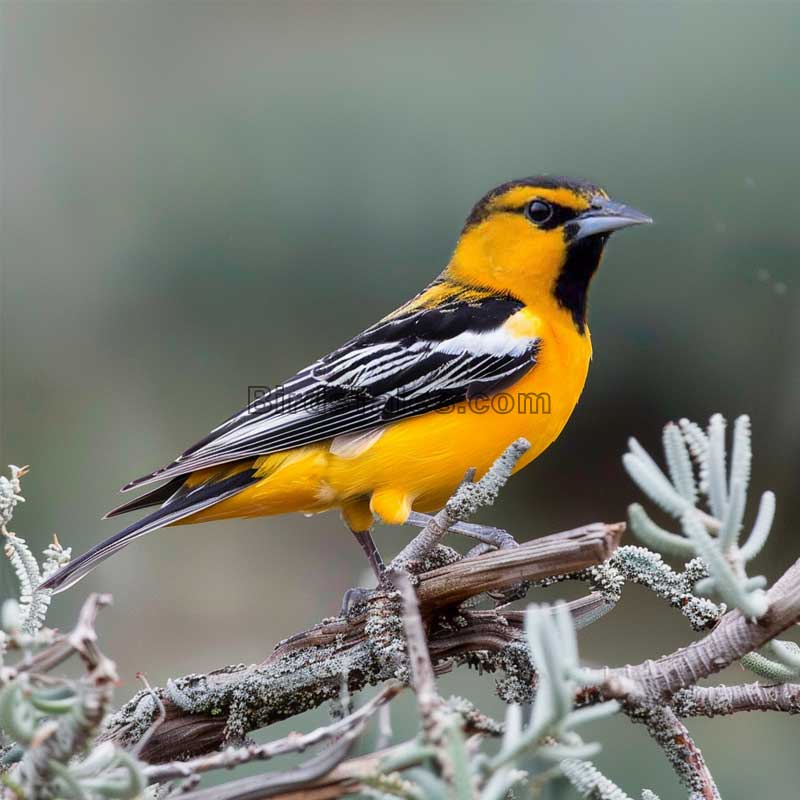
- Physical Traits
- Male: Orange, black, and white.
- Female: Yellow, brown, and black.
- Habitat: Western North America.
- Diet: Insects, fruit.
Bullock’s Orioles bring a splash of color to the western landscapes.
The male features a stunning mix of orange, black, and white.
It’s a bold and bright display.
The female is more subdued with her yellow, brown, and black attire.
These orioles are common in western North America.
They prefer habitats with tall trees, often found in parks or residential areas.
Bullock’s Orioles are known for their distinctive song, a series of whistles and chatters.
4. Scott’s Oriole Details
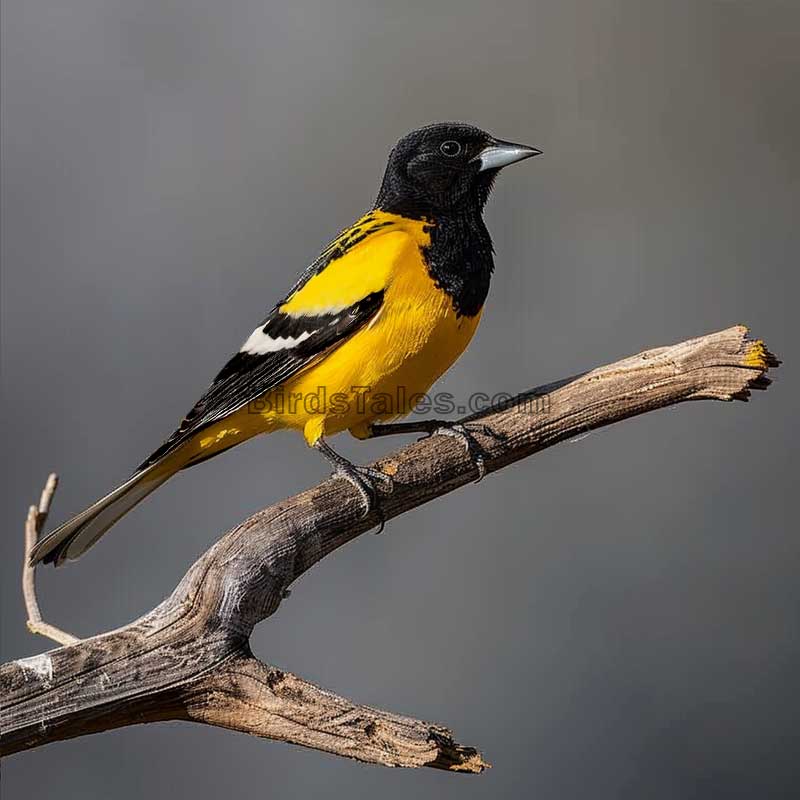
- Physical Traits
- Male: Black, yellow, and white.
- Female: Yellow, gray, and black.
- Habitat: Southwestern U.S., Mexico.
- Diet: Insects, nectar.
Scott’s Orioles are a delight in the southwestern U.S.
The male showcases black, yellow, and white.
It’s a vibrant combination that stands out against the desert backdrop.
The female is a bit more muted, with yellow, gray, and black.
These birds thrive in arid habitats.
They are often found in desert areas, nesting in yuccas or tall cacti.
They are well-adapted to these harsh conditions, finding food and shelter with ease.
The American robin is a well-known bird in North America, easily recognized by its reddish-orange breast and cheery song.
5. Hooded Oriole Features

- Physical Traits
- Male: Bright yellowish-orange with a black throat.
- Female: Yellow with a grayish throat.
- Habitat: Southwestern U.S.
- Diet: Insects, fruit.
Hooded Orioles bring a splash of color to the southwest.
The male sports a bright yellowish-orange with a striking black throat.
The female is a bit more subtle, with yellow and a grayish throat.
They prefer habitats in the southwestern U.S., often near human habitation.
They nest in palm trees, making them a common sight in urban areas.
Their nests are woven from plant fibers, hanging like delicate pouches.
6. Audubon’s Oriole Insights
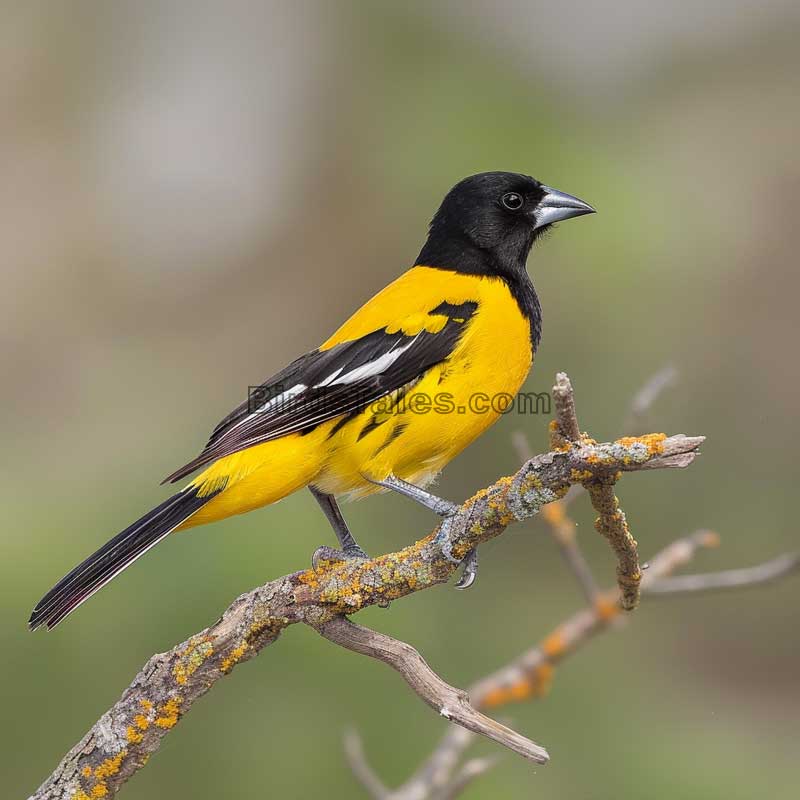
- Physical Traits
- Male and Female: Black head, yellow body.
- Habitat: Southern Texas, Mexico.
- Diet: Insects, fruit.
Audubon’s Orioles are striking with their black head and yellow body.
Both males and females share this bold color scheme, making them easy to identify.
These birds are found in southern Texas and Mexico.
They prefer dense thickets or wooded areas, where they can find food and build their nests.
Their nests are often hidden among thick foliage, providing protection from predators.
The American robin is a well-known bird in North America, easily recognized by its reddish-orange breast and cheery song.
7. Altamira Oriole Information
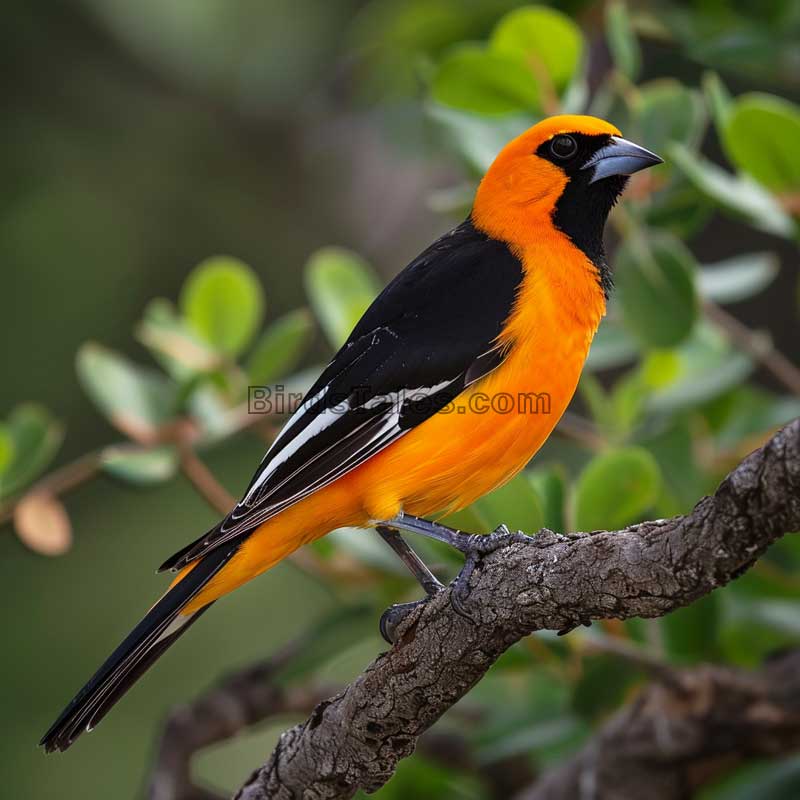
- Physical Traits
- Male and Female: Yellowish-orange with black markings.
- Habitat: Southern Texas, northeastern Mexico.
- Diet: Insects, nectar.
Altamira Orioles are a sight to behold with their yellowish-orange hue and black markings.
Both males and females share this vibrant color scheme.
These orioles are common in southern Texas and northeastern Mexico.
They prefer open woodlands or scrubby areas, where they can find food and nesting sites.
Their nests are often large and intricately woven, hanging from high branches.
8. Spot-Breasted Oriole Overview

- Physical Traits
- Male and Female: Black-spotted breast.
- Habitat: Southern Florida, Caribbean.
- Diet: Insects, fruit.
Spot-Breasted Orioles are known for their distinctive black-spotted breast.
Both males and females share this unique feature, making them easy to identify.
These orioles are found in southern Florida and parts of the Caribbean.
They prefer tropical or subtropical habitats, often near water sources.
Their nests are usually built in high branches, hidden among the leaves.
Conclusion
Understanding the different types of orioles helps bird watchers and conservationists.
Each species has unique colors and habits, making them a joy to observe.
Keep an eye out for these beautiful birds in your area.
Quick Reference Table:
| Species | Male Colors | Female Colors | Habitat |
|---|---|---|---|
| Baltimore Oriole | Orange and black | Yellow and black | Eastern North America |
| Orchard Oriole | Orange, black, chestnut | Yellow, brown, and black | Eastern North America |
| Bullock’s Oriole | Orange, black, and white | Yellow, brown, and black | Western North America |
| Scott’s Oriole | Black, yellow, and white | Yellow, gray, and black | Southwestern U.S., Mexico |
| Hooded Oriole | Yellowish-orange, black | Yellow, grayish throat | Southwestern U.S. |
| Audubon’s Oriole | Black head, yellow body | Black head, yellow body | Southern Texas, Mexico |
| Altamira Oriole | Yellowish-orange, black | Yellowish-orange, black | Southern Texas, Mexico |
| Spot-Breasted Oriole | Black-spotted breast | Black-spotted breast | Southern Florida, Caribbean |
Key Points:
- Orioles are insect-eating birds with bright plumage.
- They can be attracted to backyards with feeders offering grape jelly or orange slices.
- Each species has distinct characteristics and preferred habitats.
Enjoy observing these vibrant birds and their fascinating behaviors!
